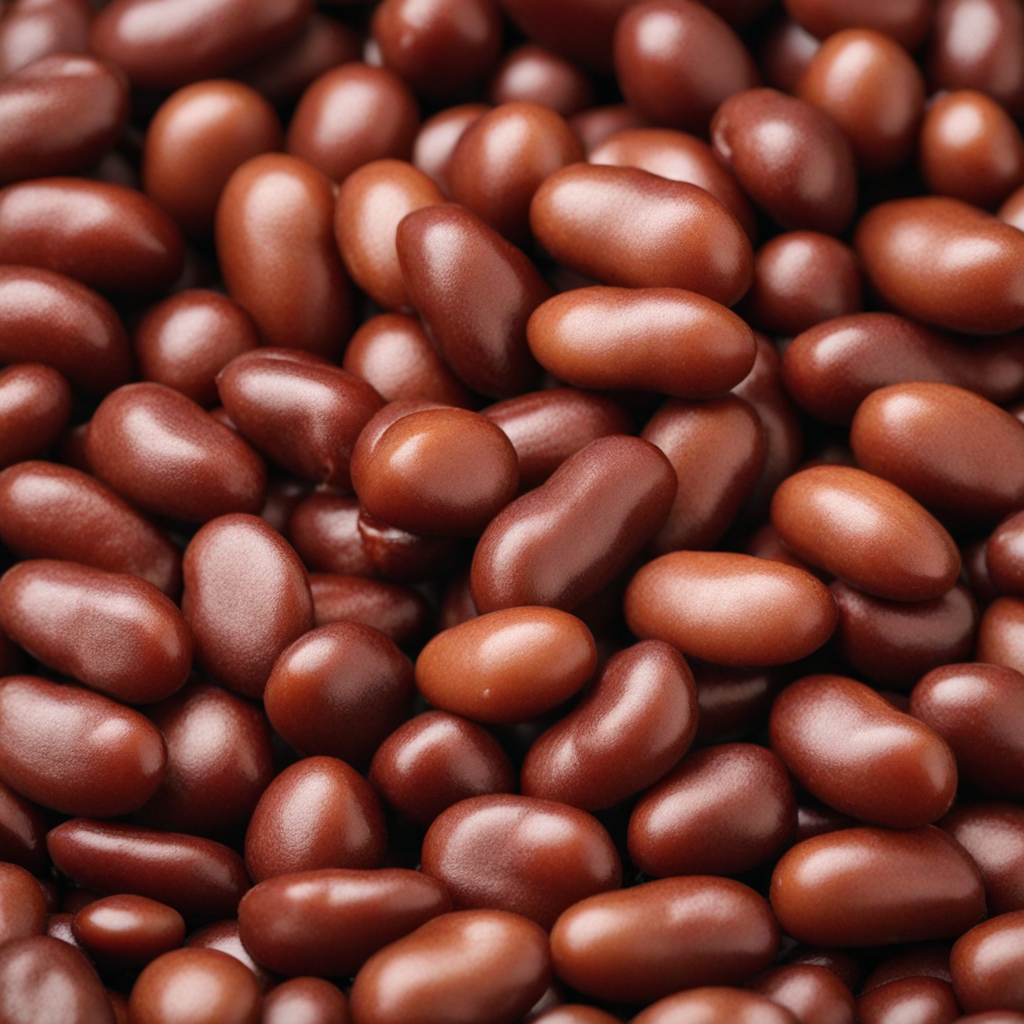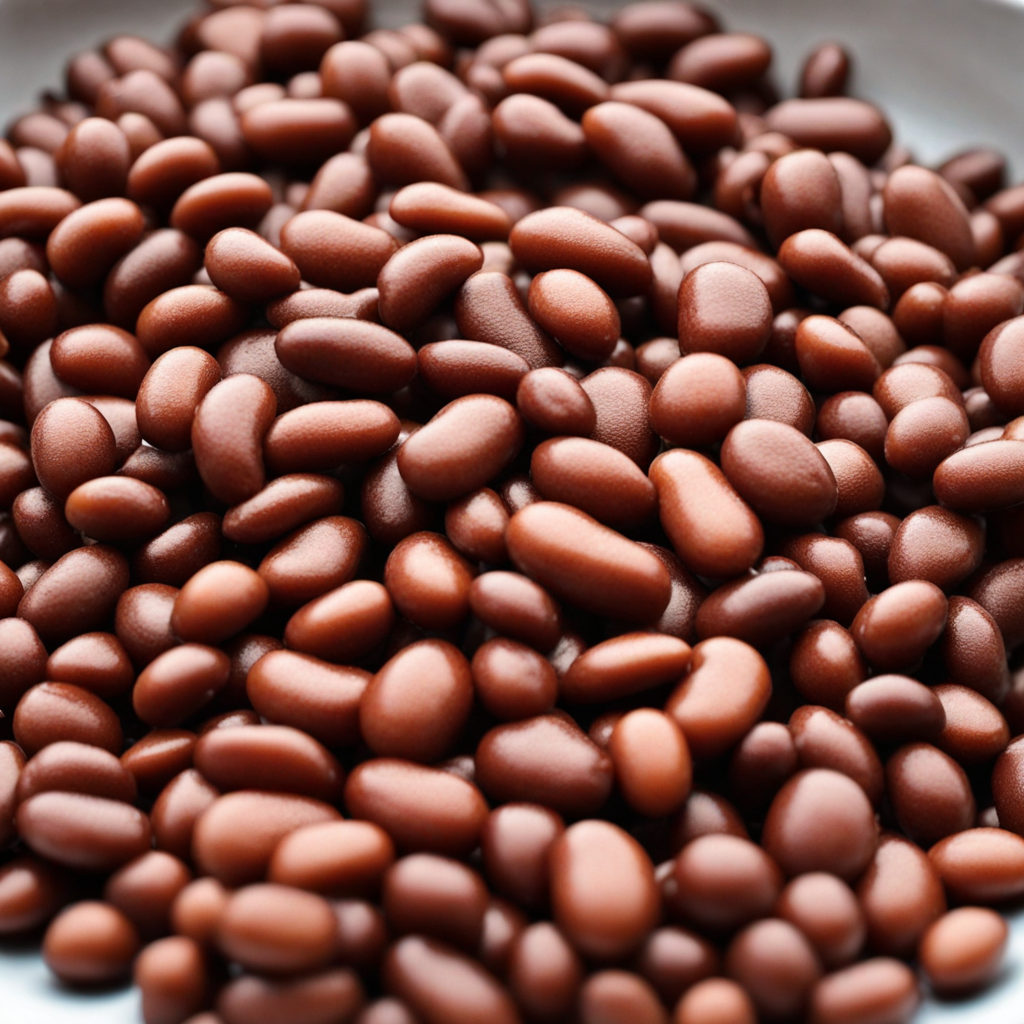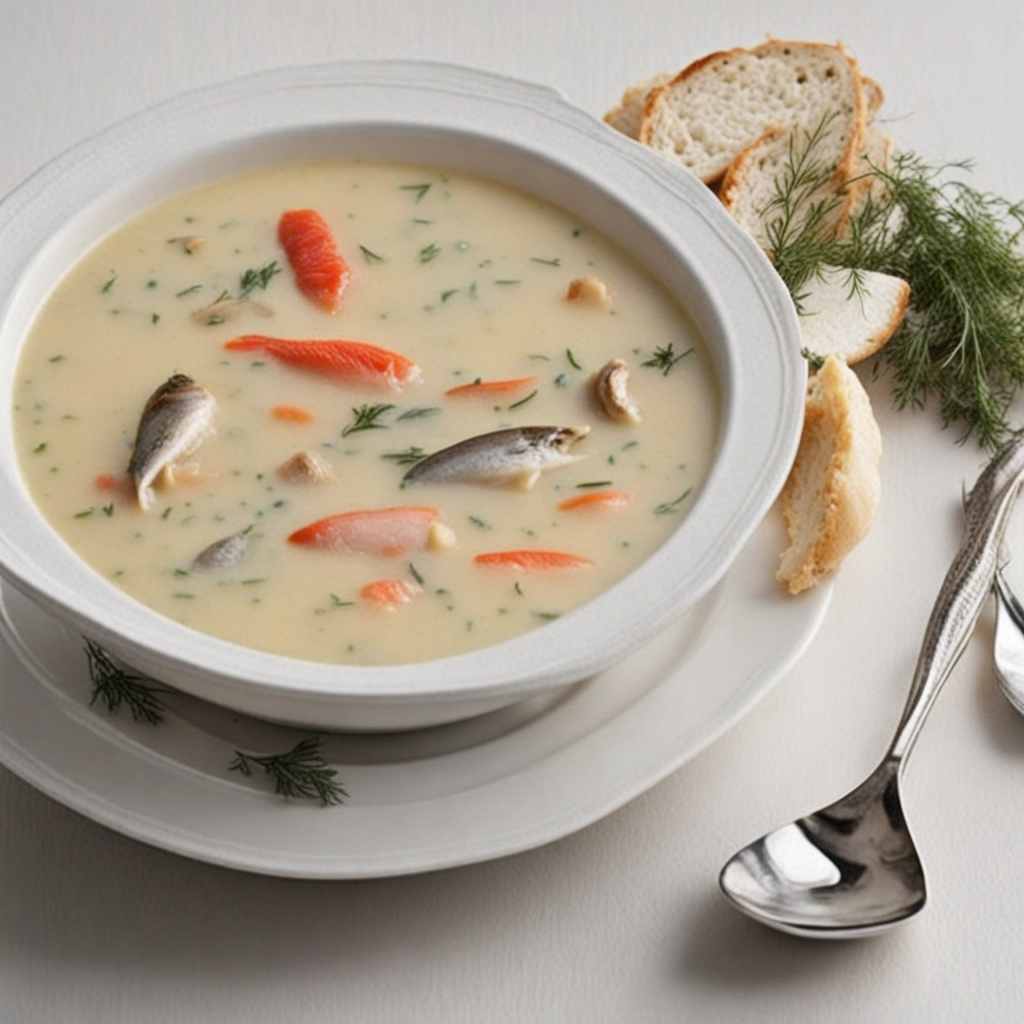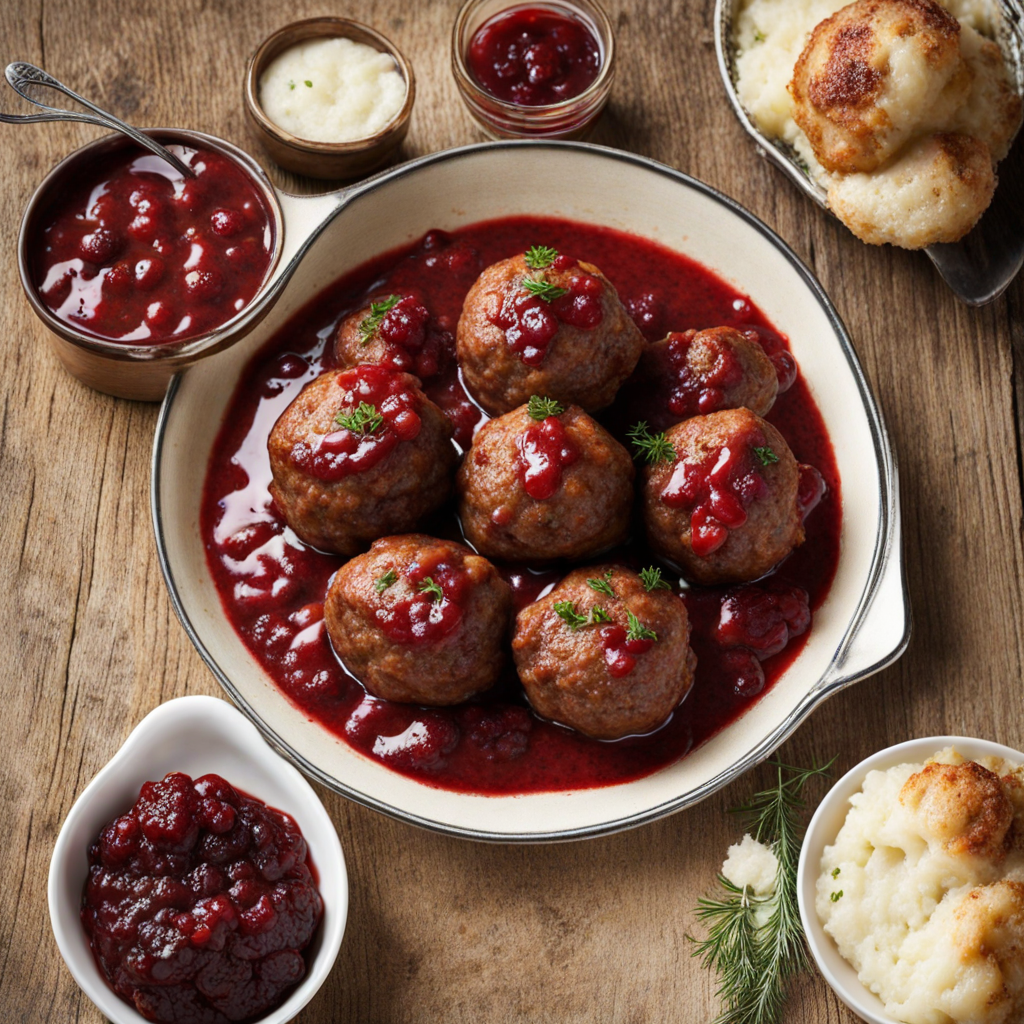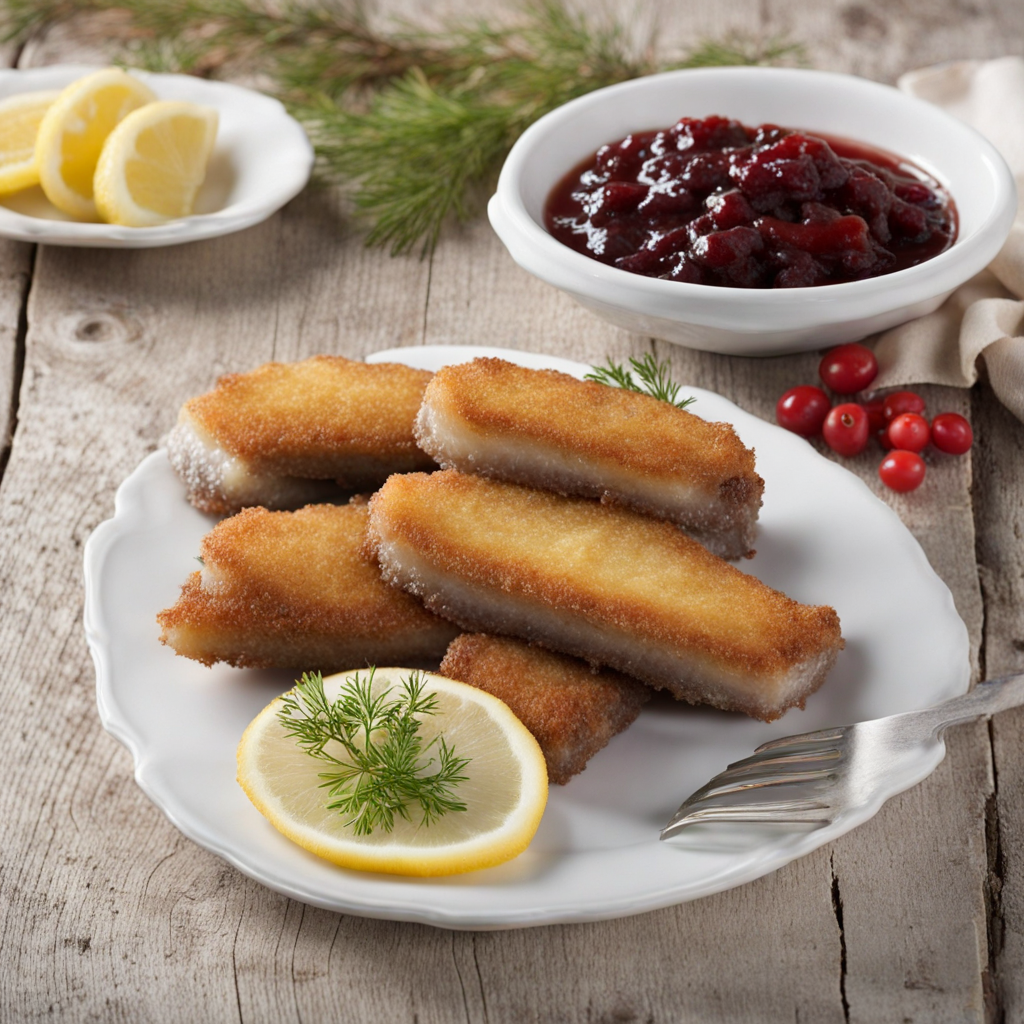Swedish Brown Beans
Swedish Brown Beans, known as "Bruna Bönor" in Swedish, are a traditional dish that showcases the heartiness of Swedish cuisine. These beans are typically small, round, and have a rich, earthy flavor that is both comforting and satisfying. They are often cooked slowly to allow their natural sweetness to develop, resulting in a tender texture that can be enjoyed on its own or as a side dish. The beans are usually simmered with a combination of ingredients, such as onions, molasses, and sometimes bacon, which adds depth and complexity to the dish. The result is a subtle sweetness complemented by savory notes, creating a well-rounded flavor profile that is distinctly Swedish. The preparation of Swedish Brown Beans often involves soaking the beans overnight to ensure they cook evenly and achieve the perfect consistency. Once cooked, they can be served in a variety of ways, but they are commonly paired with traditional accompaniments such as meatballs, smoked fish, or even pickled herring. This combination not only enhances the overall meal but also showcases the balance of flavors typical in Swedish cuisine. The beans themselves are a great source of protein and fiber, making them a nutritious addition to any meal. Enjoying Swedish Brown Beans is more than just a culinary experience; it is a journey into Swedish culture and tradition. Often found at festive gatherings and holiday meals, these beans bring a sense of nostalgia and warmth to the table. Their humble ingredients and straightforward preparation reflect the resourcefulness of Swedish cooking, where simple flavors are elevated through careful preparation and attention to detail. For those looking to explore new tastes, Swedish Brown Beans offer an authentic and delightful way to indulge in the comforting comforts of Scandinavian fare.
How It Became This Dish
The History of Bruna Bönor: Sweden's Beloved Brown Beans Bruna bönor, or brown beans, are a staple in traditional Swedish cuisine, embodying the rustic charm and agricultural heritage of Sweden. These beans are often overshadowed by more exotic ingredients, yet they carry a rich history that reflects the changing landscapes of Swedish farming, culinary practices, and cultural identity. Origins The journey of bruna bönor begins in the fertile soils of Sweden, where agriculture has been the backbone of society for centuries. Beans were among the earliest cultivated crops, with origins dating back to ancient civilizations in the Americas. However, the introduction of beans to Sweden can be traced back to the late medieval period when trade routes expanded and new agricultural practices emerged. By the 17th century, various bean varieties, including brown beans, were being cultivated on Swedish farms. The cultivation of brown beans was particularly aided by Sweden's temperate climate, which allowed for the growth of legumes. Beans thrived in the sandy loam of the Swedish soil, making them an ideal crop for farmers. They were not only nutritious but also contributed to soil health by fixing nitrogen, thus playing a crucial role in sustainable farming practices. Cultural Significance Bruna bönor hold a significant place in Swedish culture, especially in rural communities. They are often associated with traditional peasant food, embodying the frugality and resourcefulness of the Swedish people. During the long, harsh winters, when fresh produce was scarce, bruna bönor provided essential sustenance. They are rich in protein, fiber, and various vitamins, making them a vital component of the Swedish diet. One of the most iconic dishes featuring bruna bönor is "Bönsoppa," or bean soup. This hearty dish is typically made with brown beans simmered with onions, carrots, and sometimes pieces of pork or sausage. It is often served with a dollop of mustard, which adds a tangy contrast to the earthy flavors of the beans. Bönsoppa is not just a meal but a symbol of Swedish hospitality, often prepared for family gatherings and festive occasions. In many households, the tradition of making bönsoppa has been passed down through generations, solidifying its place in Swedish culinary heritage. The dish reflects the values of sharing, sustainability, and simplicity that are deeply rooted in Swedish culture. Development Over Time The popularity of bruna bönor continued to grow throughout the 19th and early 20th centuries, coinciding with Sweden's industrialization and urbanization. As people migrated to cities for work, traditional rural foods began to evolve. Canned beans became widely available, making it easier for urban dwellers to enjoy the flavors of their heritage without the labor-intensive preparation of dried beans. The 20th century also saw an increased interest in health and nutrition, with beans being recognized as a superfood. They became popular among health-conscious consumers and were embraced by various dietary movements, including vegetarianism and veganism. Brown beans, with their high protein content and versatility, fit perfectly into these dietary trends. In contemporary Sweden, bruna bönor have experienced a renaissance, with chefs and home cooks alike rediscovering traditional recipes and incorporating them into modern cuisine. This resurgence is part of a broader movement towards local and sustainable food systems in Sweden, where there is a growing emphasis on using seasonal and locally sourced ingredients. Modern Interpretations Today, bruna bönor are celebrated not just for their nutritional value but also for their versatility in the kitchen. They can be used in a variety of dishes, from salads to stews to vegetarian patties. Innovative chefs are experimenting with bruna bönor in gourmet recipes, pairing them with unexpected flavors and ingredients. One notable trend is the fusion of traditional Swedish dishes with international cuisines. For example, bruna bönor can be found in various forms in contemporary restaurants, such as in bean burgers or served alongside exotic spices, showcasing their adaptability and appeal to a broader audience. This culinary exploration reflects the evolving identity of Swedish cuisine, which is increasingly influenced by global flavors while still honoring traditional ingredients. Sustainability and Future Prospects As interest in sustainable food practices grows, the cultivation of bruna bönor is gaining renewed attention. Local farmers are promoting organic and sustainable farming methods, emphasizing the importance of preserving heirloom bean varieties. This not only supports biodiversity but also ensures that future generations can enjoy the unique flavors and nutritional benefits of bruna bönor. Moreover, the Swedish government and various organizations are working to promote local food production and consumption. Initiatives that encourage the use of traditional crops like bruna bönor help to strengthen regional economies and reduce the carbon footprint associated with food transportation. Conclusion Bruna bönor are more than just a food item; they are a symbol of Sweden's agricultural heritage and cultural identity. From their humble beginnings in the fields of rural Sweden to their place on modern dining tables, these beans have woven themselves into the fabric of Swedish life. They represent resilience, sustainability, and a deep connection to the land. As Sweden continues to evolve, bruna bönor will likely remain a cherished part of the culinary landscape, bridging the gap between tradition and innovation. Whether enjoyed in a classic bönsoppa or reimagined in contemporary dishes, bruna bönor are a testament to the enduring power of food to nourish both body and soul. In celebrating this local ingredient, Sweden not only honors its past but also paves the way for a sustainable future.
You may like
Discover local flavors from Sweden


